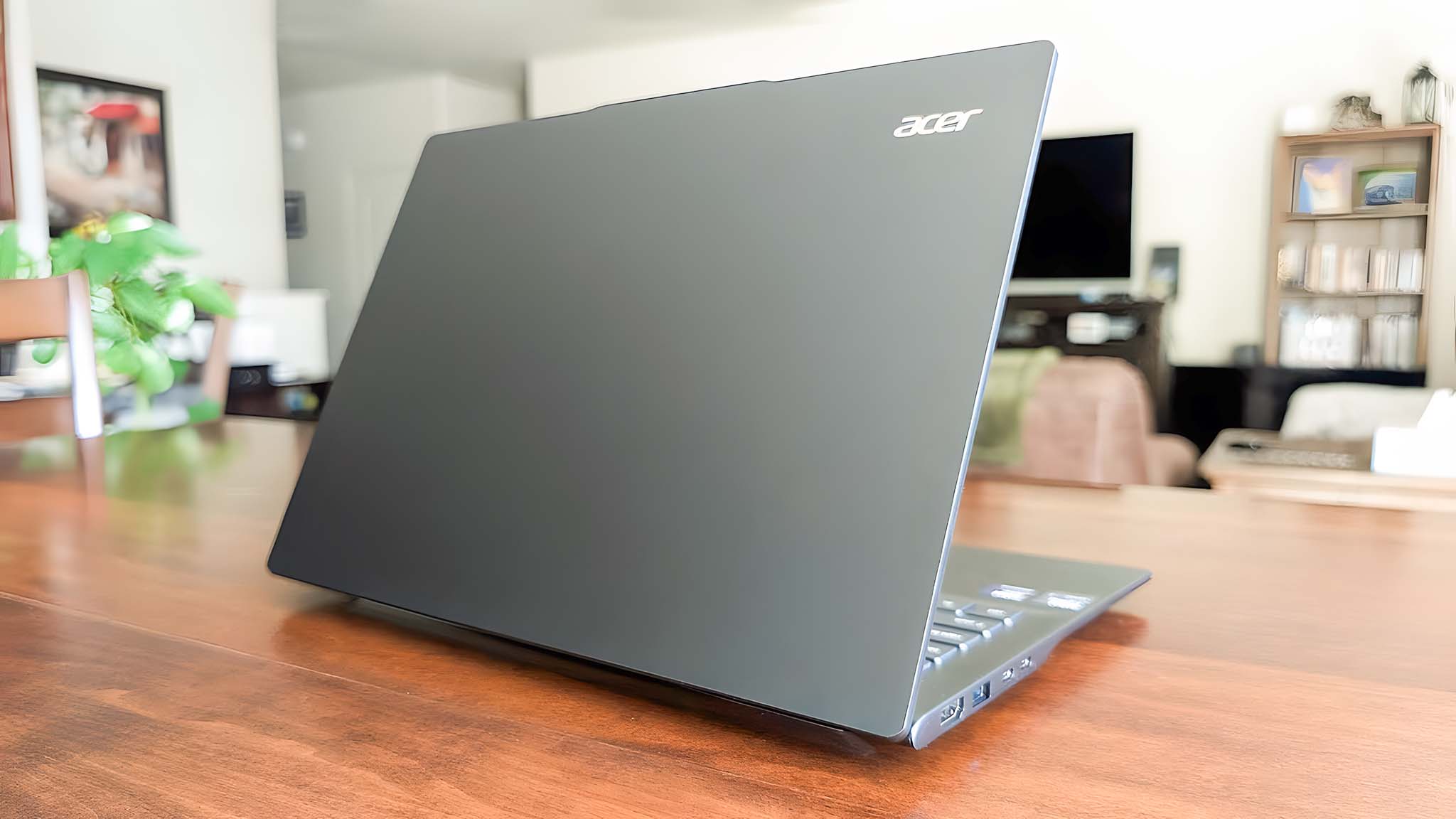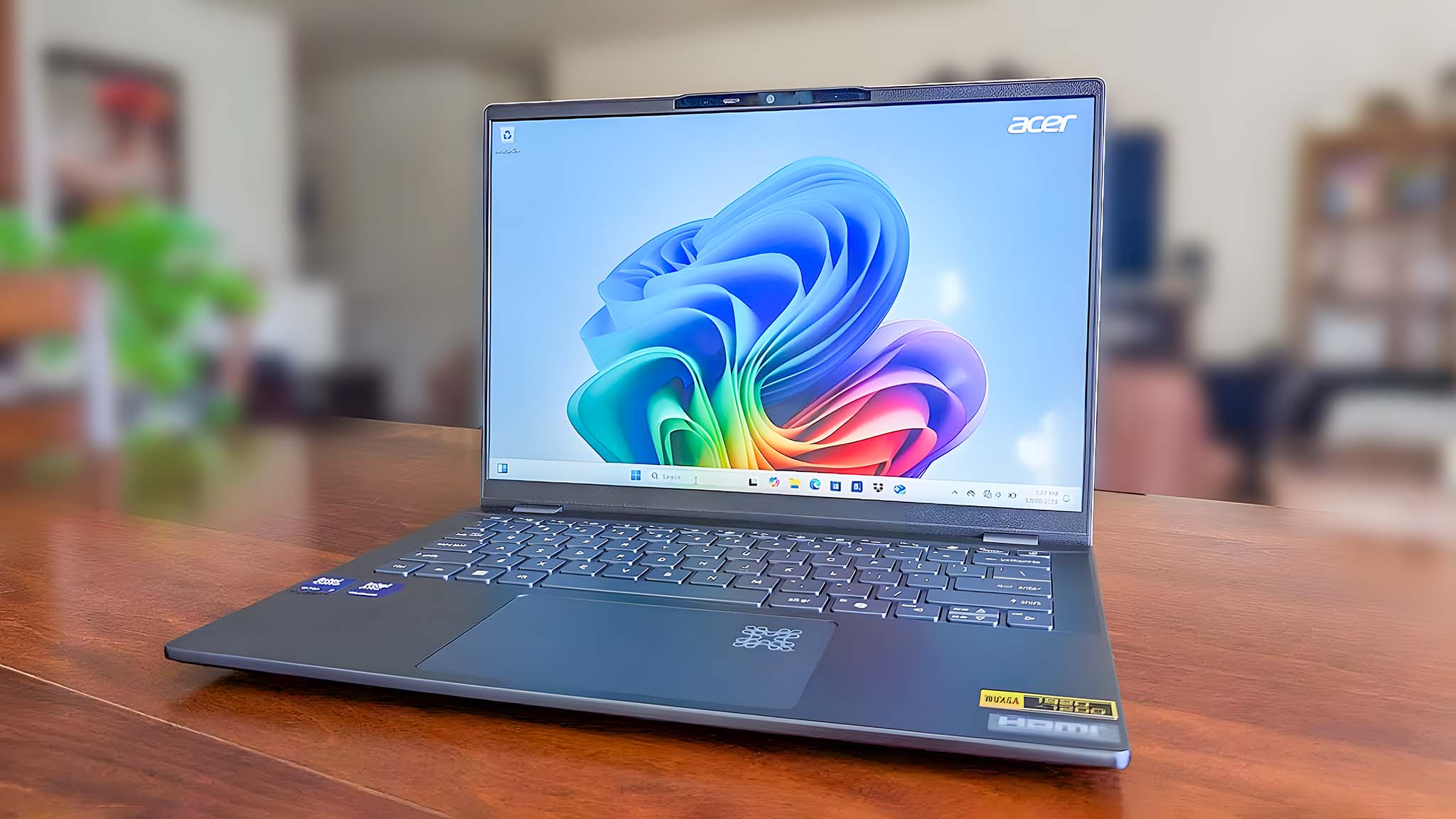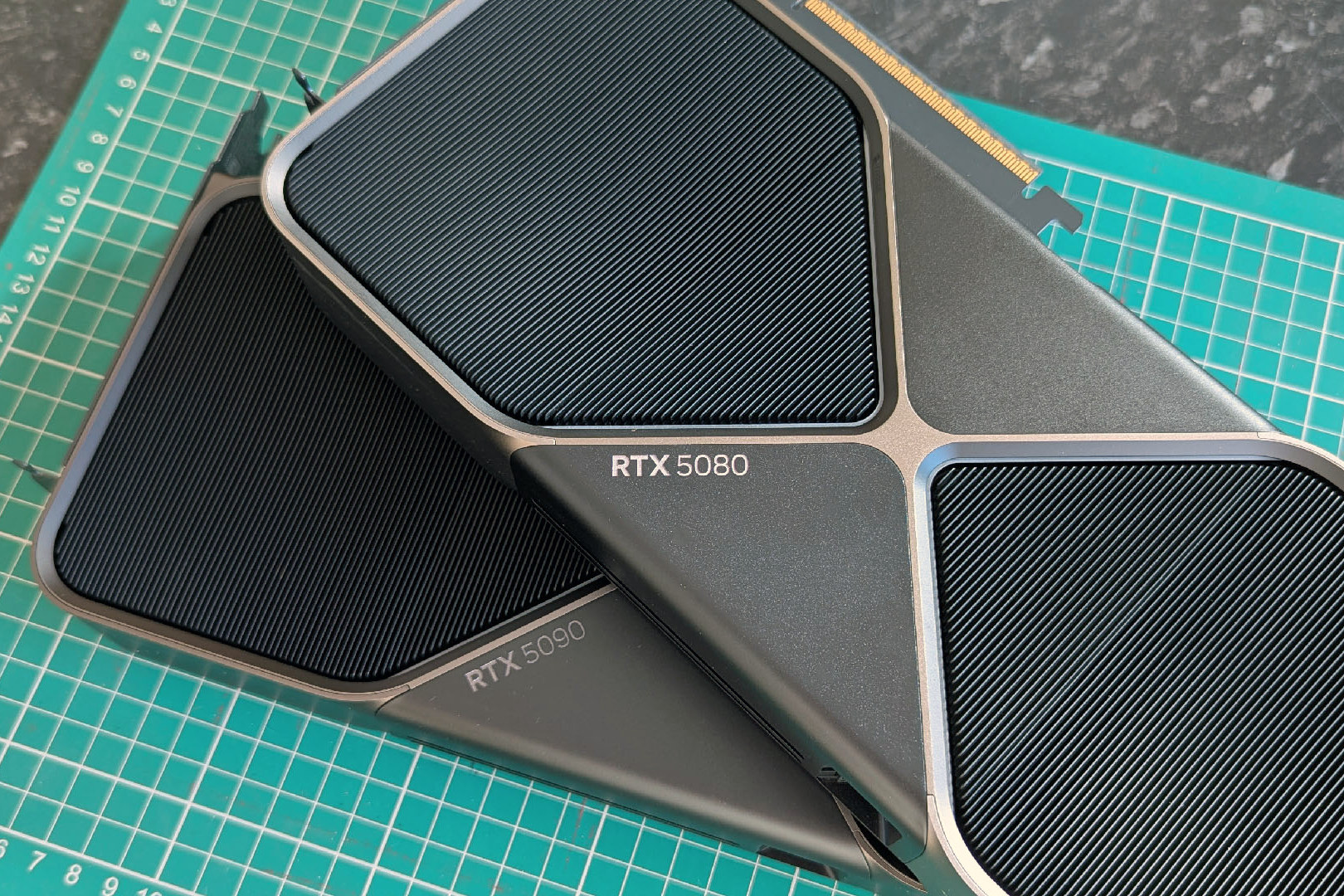
Acer just beat its biggest competitors in an important race: it's the first major laptop maker to confirm pricing changes due to US President Donald Trump's tariffs on exported goods from China. Acer might be the first, but I don't expect it will be the last to reveal similar plans.
Taiwan-based Acer, subject to the new tariffs, is expected to raise the price of its laptops by 10%. That matches the 10% tariff on Chinese imports imposed by President Trump on February 3, 2025.
As reported first by The Telegraph, Acer's decision comes straight from the company's CEO and Chairman, Jason Chen. Chen clarified that the price increase on Acer laptops manufactured in China and sold in the US wouldn't occur for a few more weeks, as products shipped out of China before February are not part of the increase.
Furthermore, Chen also told The Telegraph:
"We will have to adjust the end user price to reflect the tariff. We think 10% probably will be the default price increase because of the import tax. It’s very straightforward."
As a warning, Chen also stated that other companies could be eyeing the situation as an excuse to raise prices higher than 10% to combat the tariffs. This is, of course, bad news not only for those who are shopping for Acer laptops. The 10% tariff isn't likely going to end with Acer, as a vast majority of Windows laptops from all of the big manufacturers like Dell, HP, ASUS, and Lenovo are built in China.
Is there an answer to tariffs and surging laptop prices?

As mentioned, a majority of the laptops sold around the world are built in China, and there's not really an easy workaround for the problem as long as the tariffs remain in place.
Get the Windows Central Newsletter
All the latest news, reviews, and guides for Windows and Xbox diehards.
Acer found itself in a similar situation during Trump's first term, in which his administration imposed a steep 25% tariff on desktop PCs from Chinese factories. This caused Acer to move desktop PC production out of China, which Chen says is a possibility for its laptops as the company is looking at supply chain alternatives. Does that include new American factories? That's "one of the options," according to Chen speaking to The Telegraph.
A solution like this, in which a company moves its entire production to new countries, won't likely be fast, and consumers will be fronting the cost in the meantime. The ultimate goal of tariffs, usually, is to force manufacturing to move back to a domestic location, creating jobs and, eventually, lowering prices again. Whether that actually happens remains to be seen.
A 10% price increase isn't small. While Acer is certainly happy to offer plenty of budget laptops, it has its fair share of premium hardware as well. The Predator Helios Neo AI, announced recently and expected to launch in May 2025, starts at $2,200 and only goes up from there. Add another 10%, and you can expect to pay nearly $2,500 instead. Even laptops that were closer to $1,000 will feel a pinch, with another $100 added to the tally.

The effect of US tariffs on manufacturing hotspots is being felt elsewhere at the same time. NVIDIA's latest RTX 5000 GPUs have blown well past the MSRP set by the company for its Founders Edition cards, and custom versions from third-party partners are seeing frequent price increases despite being out of stock just about everywhere.
With GPUs and laptops seeing such drastic price increases, I expect that the same will happen to popular gaming handhelds. The ASUS ROG Ally, Steam Deck, Lenovo Legion Go, and others have so far been a great way to get into PC gaming without overspending, but that could change soon. Acer is the first company to announce the price increase, but I'm expecting similar stories to become common news in the weeks ahead.

Cale Hunt brings to Windows Central more than eight years of experience writing about laptops, PCs, accessories, games, and beyond. If it runs Windows or in some way complements the hardware, there’s a good chance he knows about it, has written about it, or is already busy testing it.
You must confirm your public display name before commenting
Please logout and then login again, you will then be prompted to enter your display name.
